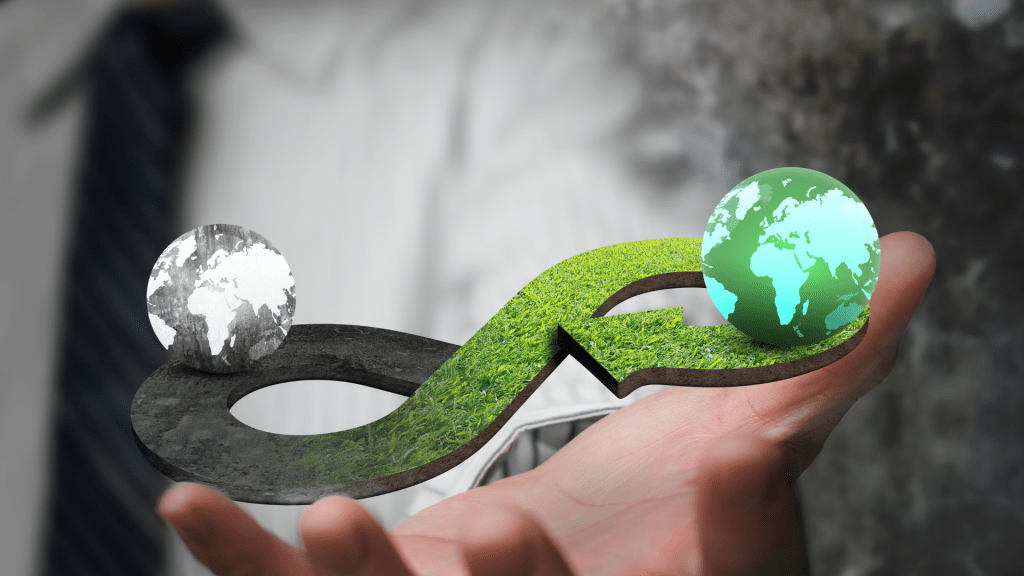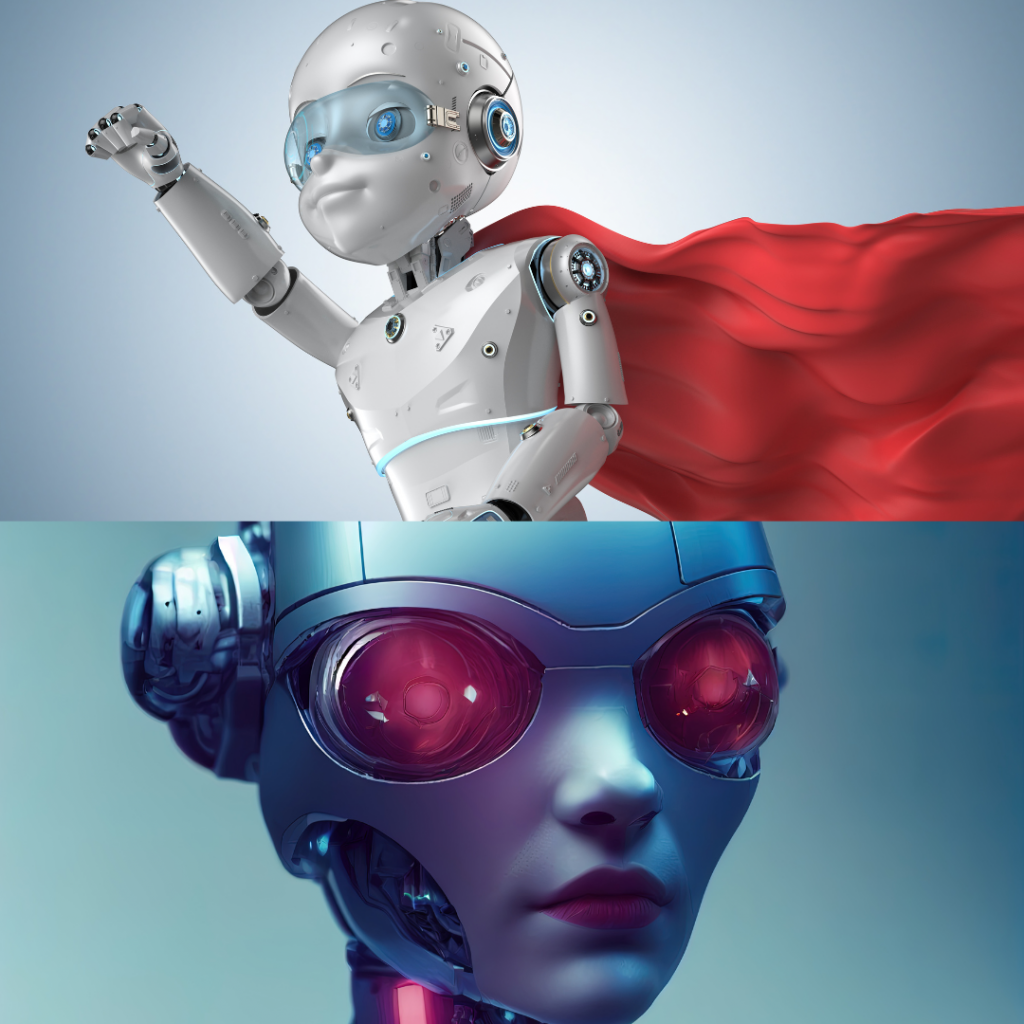As the world confronts the mounting challenges of climate change, dwindling resources, and unsustainable waste, the Circular Economy (CE) is no longer a buzzword—it’s a blueprint for the future. Moving beyond the outdated take-make-dispose model, CE champions sustainability through smart design, reuse, and regeneration, transforming waste into opportunity. For India, this shift isn’t just timely—it’s transformative. With its vast population, entrepreneurial spirit, and urgent need for resource efficiency, the country stands at the forefront of a circular revolution. But to truly unlock this potential, we need more than innovation—we need a skilled, future-ready workforce ready to power this economic reset.
This week, The People Weekly explores how the Circular Economy is transforming value creation and reshaping India’s evolving talent landscape.
What is the Circular Economy?
“The circular economy is a model of production and consumption, which involves sharing, leasing, reusing, repairing, refurbishing, and recycling existing materials and products as long as possible. In this way, the life cycle of products is extended. In practice, it implies reducing waste to a minimum”(European Parliament)
Unlike the linear model, which is the take -take-make-consume-throw away system circular economy follows the reuse-regenerate system.

source: https://blogs.worldbank.org/en/jobs/putting-young-people-center-circular-economy
The idea of a circular economy is not a new one. Before the industrial revolution in the 18th century which made products cheap and easily available, the practice of reduce, reuse and recycle existed. In the present-day world, circular economy principles are promoted to practice sustainability.
The Global Shift to Circular Thinking
Globally, businesses are being pushed to transition from a linear economy (“take, make, dispose”) to a circular one (“reuse, regenerate”). Countries like the Netherlands and Finland are implementing national CE strategies, while the EU’s Green Deal promotes circularity in key sectors.
Large corporations like IKEA, Unilever, and Apple are embedding circularity into their core strategies. Adidas has a 3 loop circular strategy to reduce plastic waste. H& M has a garment collection program where customers can return their used clothing to be recycled or repurposed. These programs have helped to reduce waste and promote a circular economy.
This transition to circularity is not just an environmental priority—it’s an economic and employment strategy. The link between CE and sustainability is clear, but increasingly, CE is also being recognized as a driver of economic resilience—especially in supply chain management, raw material dependency, and business continuity during global disruptions like pandemics or geopolitical instability.
India’s Circular Economy Landscape: Progress & Potential
India’s circular transition is gaining momentum through policy, entrepreneurship, and demand-driven innovation.
Government Initiatives and Frameworks
The Indian government has taken several steps to promote circularity:
The Extended Producer Responsibility (EPR) policy mandates that producers take responsibility for end-of-life waste, especially in e-waste, plastics, and batteries.
NITI Aayog’s Circular Economy Action Plans outline sector-specific strategies for waste reduction, material efficiency, and job creation.
The Ministry of Environment, Forest and Climate Change (MoEFCC) released a national resource efficiency policy, while the recent Union Budget emphasized green growth and energy transition as key pillars.
Indian startups and corporates alike are investing in CE innovation:
E-waste recycling: Bengaluru-based Attero Recycling processes over 1,44,000 metric tonnes of e-waste per year, recovering valuable metals like lithium, cobalt, and gold.
Textile reuse: Greensole, a Mumbai startup, converts discarded footwear into reusable shoes for underprivileged communities, aligning circularity with social impact.
Packaging innovation: Ecoware and Recykal are disrupting the packaging sector by offering biodegradable alternatives and digital platforms to manage waste better.
These examples point to a broader trend—circularity is creating new value chains, unlocking entrepreneurial opportunities while reshaping how talent is hired and developed.
Circular Economy Market Size, Growth, Major Segments
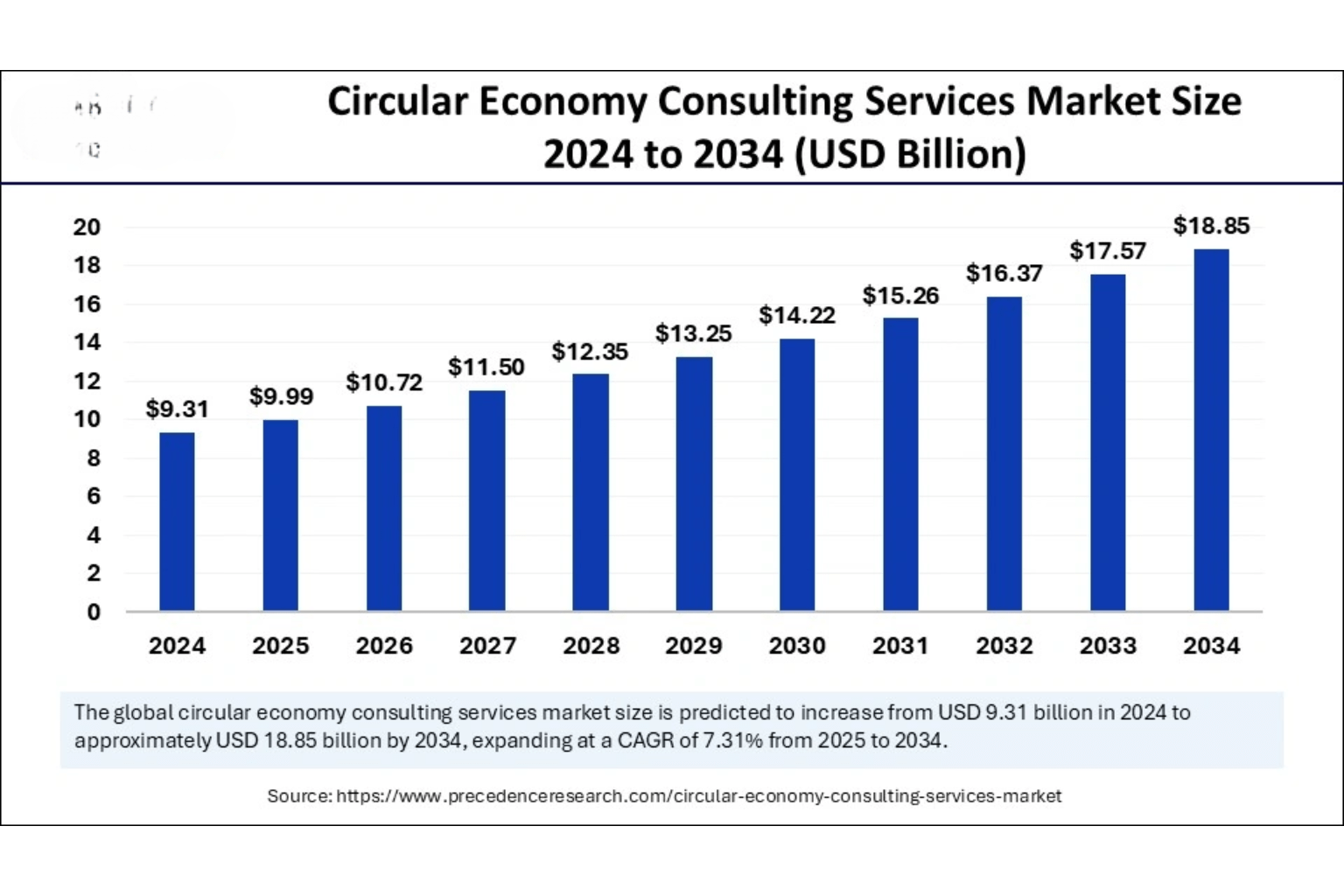
As per precedence research “The global circular economy consulting services market was valued at USD 9.31 billion in 2024 and is projected to grow from USD 9.99 billion in 2025 to approximately USD 18.85 billion by 2034, at a CAGR of 7.31%. This growth is expected to be driven by increasingly stringent environmental regulations worldwide.”
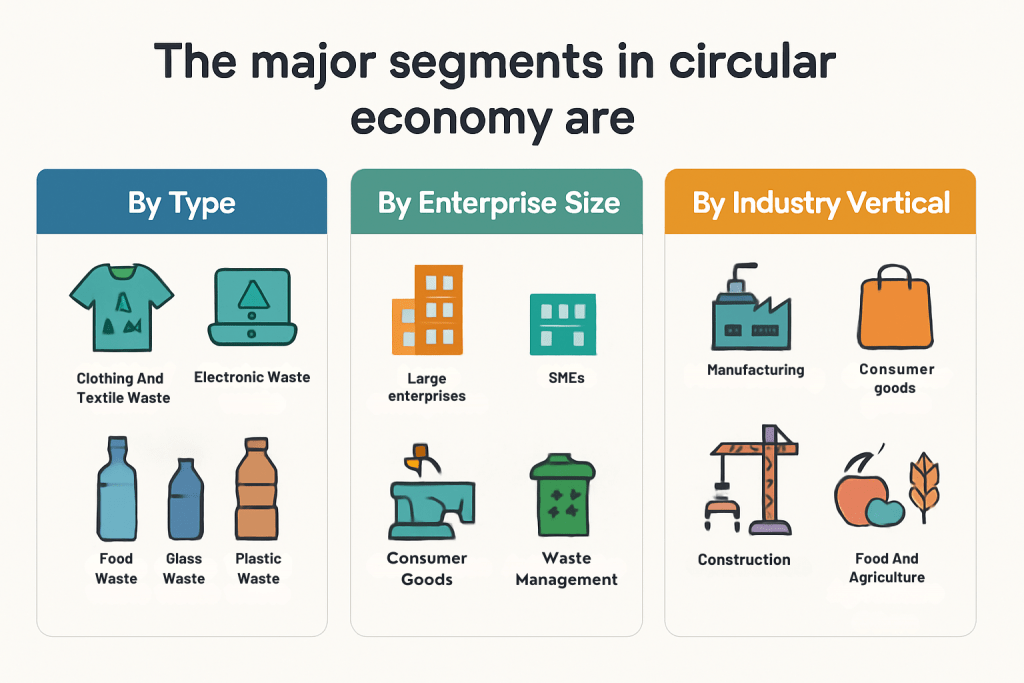
Impact of circular economy on the Talent Landscape
The most profound transformation is in how the circular economy is reshaping the nature of work and talent. The shift requires not just new technologies, but new mindsets, competencies, and career paths.
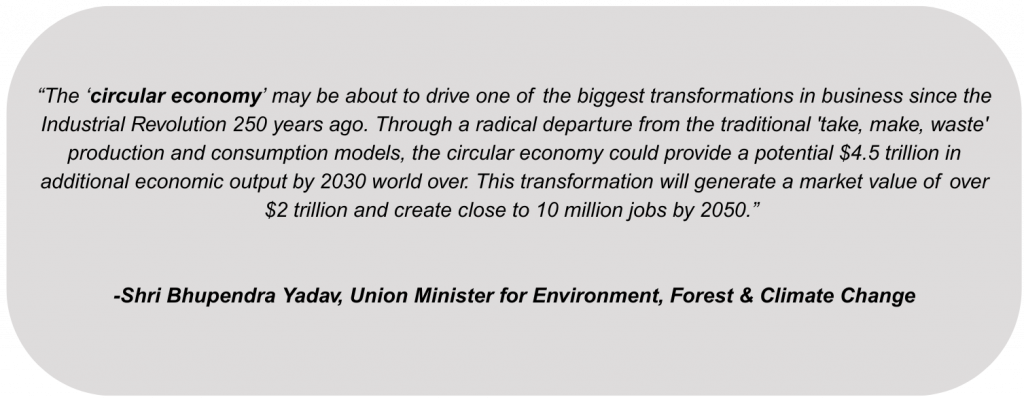
Emergence of New Skill Sets and Roles
As businesses embed circularity into their operations, several new job roles are emerging
Sustainability Analysts: Professionals who assess lifecycle impacts, carbon footprints, and circular KPIs for products and processes.
Circular Design Engineers: Experts who use design thinking, biomimicry, and modular frameworks to create recyclable and repairable products.
Waste Management Specialists: Planners who manage segregation, collection, recycling logistics, and material recovery.
Reverse Logistics Experts: Roles focused on managing the flow of used goods back into the supply chain for refurbishment or recycling.
Policy and Compliance Experts: Professionals who help organizations navigate evolving EPR norms, ESG frameworks, and circularity regulations.
Demand for Cross-Disciplinary Talent
Today’s CE professionals need a hybrid skillset—engineering knowledge fused with environmental science, digital tech, and business acumen. Roles demand a working knowledge of:
IoT & AI for material tracking and smart waste bins
Data analytics for emission tracking and circular ROI calculation
Blockchain for traceability in plastic or textile value chains
Legal and compliance expertise for EPR filings and ESG disclosures
IDR’s explainer emphasizes that circularity is a systems problem—solving it requires talent that understands interdependencies across sectors, not siloed expertise.
The Skills Gap: A Growing Challenge
Despite the rising demand, India faces a critical skills and awareness gap in CE careers. According to India Today, while green jobs are growing at over 35% YoY, only 1 in 8 professionals possess the skills needed to transition into a CE-aligned role.
Many engineering and management graduates are unfamiliar with CE principles, and vocational training still focuses on linear industrial models. This mismatch is exacerbated by:
Lack of structured CE curricula in most academic institutions
Insufficient exposure to sustainability case studies and tools
Limited industry-academia collaboration for real-world projects
The Way Forward: Bridging the Talent Gap
To unlock the circular economy’s full potential, India needs to scale up talent readiness through proactive skilling and hiring strategies:
1. Upskilling & Reskilling Programs
2. Industry-Academia Partnerships
3. Talent Intelligence & Workforce Planning
4. Purpose-Led Employer Branding
5. Inclusion in Circular Careers
Manufacturing Today highlights how India’s CE startups are already leading with inclusive and tech-enabled hiring practices.
Conclusion
The circular economy isn’t just reshaping industries—it’s redefining the very fabric of the workforce. For India, this shift offers a unique opportunity to lead the global green talent movement. But to seize it, businesses must align their talent strategies with circular values: innovation, sustainability, and adaptability. Skilling must go beyond traditional domains to include circular thinking, cross-sector collaboration, and regenerative design.
At Peoplelogic, we believe that the organizations that embed circularity into their culture, workforce planning, and leadership development today will be the ones driving sustainable growth and competitive advantage in tomorrow’s economy.

